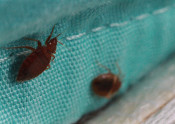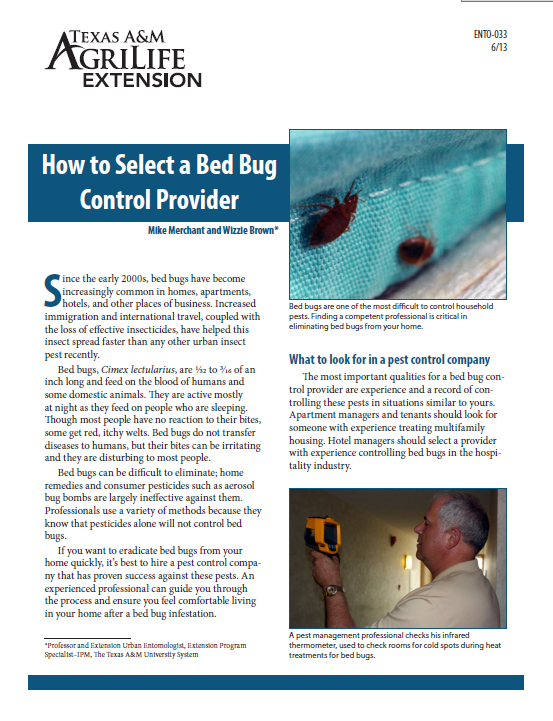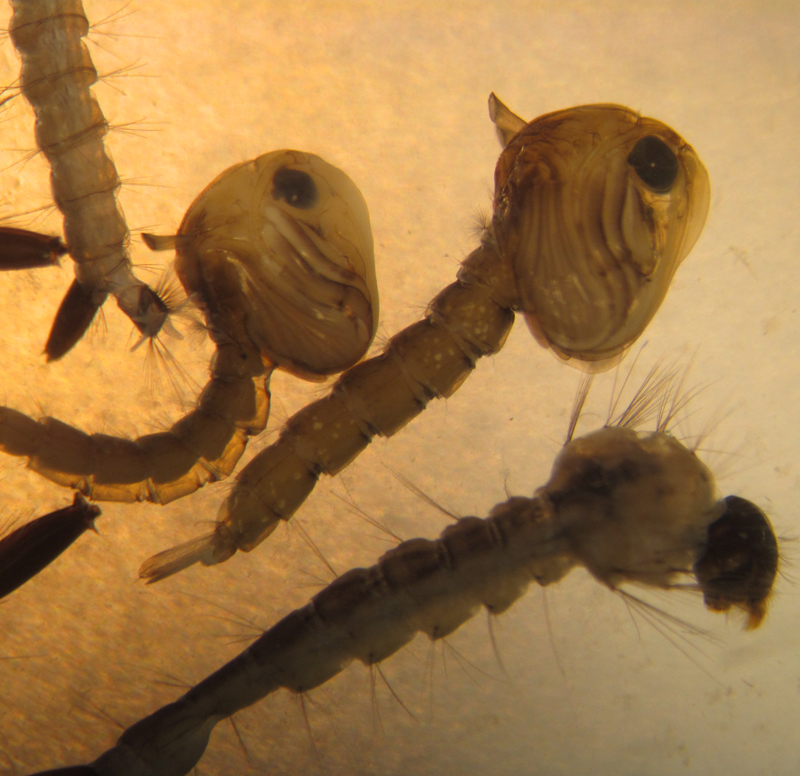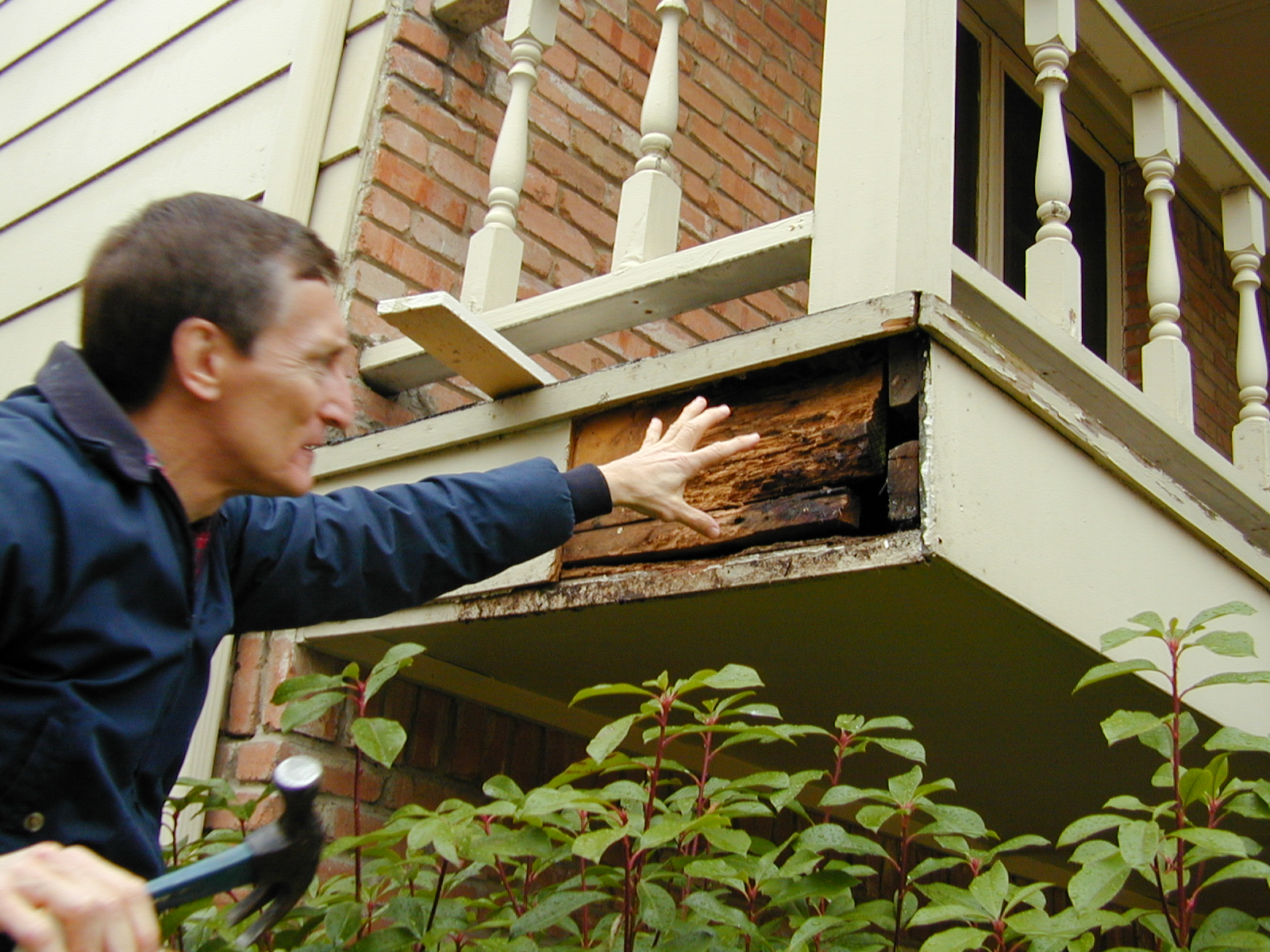
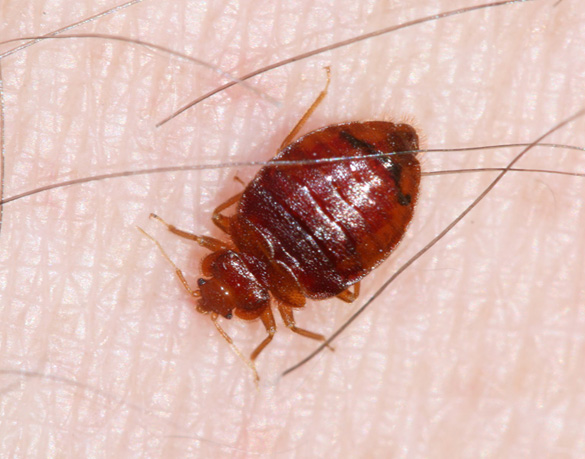
Products that claim to control insects affecting human health must be properly registered and be backed up by data that shows the product really works.
The company claimed that their bed bug and head lice insecticide was invented by the U.S. Army, and that their product was acknowledged by the USDA as the number one choice of “bio-based” pesticides. The company also claimed that the U.S. EPA was warning consumers to avoid “chemical solutions” for treating bed bugs. The problem was that the company’s claims weren’t true.
As a result of false claims and illegal marketing of untested products for bed bugs and head lice, yesterday the Federal Trade Commission issued a judgment and settlement with a Texas-based manufacturer of cedar oil based insecticides. This action was a follow-up to charges filed last fall against another manufacturer of an unproven bed bug treatment containing cedar, cinnamon, lemon grass, peppermint and clove oils.
It’s important to note that the FTC was not saying that these oils don’t work against any insect pests. Many plant based oils do have significant insecticide properties. It’s that the manufacturers had no data to show they worked against bed bugs and head lice, as they claimed. And they made false claims.
You might ask, “what’s so bad about making dubious insect control claims for a supposedly ‘safe’ product like cedar oil?” After all, the U.S. EPA has frequently let the market determine which products really are effective against many pests. And if the product really is safe, what’s the harm of promoting it and letting consumers figure out whether it works or not?
Historically regulators have drawn a line in the sand, and rightly so, for products that claim to control bed bugs, mosquitoes, head lice or other pests affecting human health. If you think you are protecting your or your children’s health by using a product, the federal government has long taken the stance that you have a right to be reasonably sure that the product should work.
The FTC cautions consumers about advertisements that offer quick solutions to bed bug infestations. Consider that if it were easy to control bed bugs with a do-it-yourself product, why would so many people continue to need the services of a professional? And even professionals find controlling bed bugs a challenge. Sad to say, there is still no silver bullet for bed bugs–natural or not.
For more information about bed bugs, see the Citybugs bed bug page.
